The MI & AAC Camera Joint Lab was recently inaugurated in the Xiaomi Science and Technology Park.
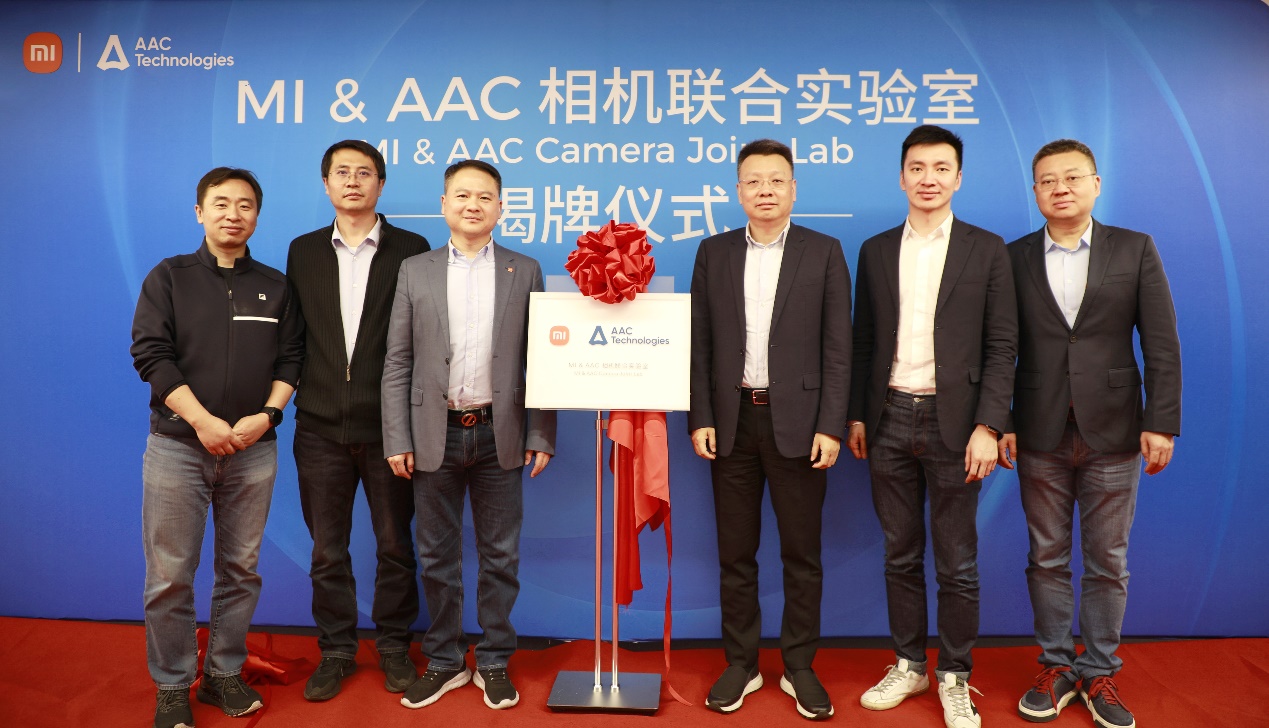
Top executives from both companies attended the lab inauguration
Mr. Zeng Xuezhong, Senior Vice President of Xiaomi Group and President of the Smartphone Department, inaugurated the lab together with AAC’s CEO Pan Zhengmin and Executive Vice President Pan Kaitai. While visiting the lab, Zeng Xuezhong stated, “The MI & AAC Camera Joint Lab is a practical and cutting-edge facility that is grounded in real-world scenarios. It is equipped with advanced equipment to produce data that best reflects reality and thus supports long-term development goals.” In his remarks, Pan Zhengmin stressed, “We are highly grateful for Xiaomi’s support and look forward to fruitful outcomes from the joint lab. Moreover, through mutually beneficial cooperation, both companies can achieve sustainable development.”
What is the function of the lab?
The lab specializes in image assessment, camera motor analysis, and optical testing. During image assessment, the image quality of modules (including AE, AWB, shading, OB, noise, SNR, etc.) is automatically tested and assessed under varying color temperatures and environmental settings and the optical imaging of modules (including AF, SFR, distortion, LCA, etc.) is under different temperatures and distances. The camera motor analysis mainly analyzes and tests the structure and dimensions of modular motors, electromagnetic performance, frequency characteristics, and image stabilization capabilities. In optical testing, the focus is on testing and assessing the imaging quality and flare.

A Glimpse of the MI & AAC Camera Joint Lab
The lab is divided into different zones, which is designed and equipped with specific functions and environmental conditions, for testing and assessing different performances of camera modules.
The equipment in the automated darkroom zone can be linked to complete automated card switching, light source switching, and camera module position switching. The imaging quality and optical image performance of camera modules can be tested and assessed by the shooting of SFR and Dot test charts.
In the motor testing zone, the physical motion and optical image stabilization characteristics of a motor can be analyzed through automated equipment operation and the use of dedicated algorithms and tools. Moreover, the structure and dimensions of the modular motor, along with its electromagnetic performance, frequency characteristics, and image stabilization capabilities, can be analyzed and assessed. In the optical testing zone, lens-related data can be obtained through automated equipment operation and testing. The data can be used to assess the imaging quality and flare.
Why did MI and AAC decide to establish a lab together?
Xiaomi (MI) is a highly influential and innovative technology company, while AAC is a global leader in sensory experience solutions. What inspired these two companies to establish the MI & AAC Camera Joint Lab?
Looking back on history, AAC and Xiaomi have enjoyed a long and stable partnership, with their strategic collaboration spanning over a decade. Xiaomi integrates AAC products into most of their smartphones, encompassing speakers, microphones, X-axis linear actuators, primary rear cameras, wide-angle lenses, front-facing cameras, and camera modules, among other components. The two companies are committed to providing users with ongoing excellence in products and services by combining their capabilities in auditory, haptic, and visual experiences.
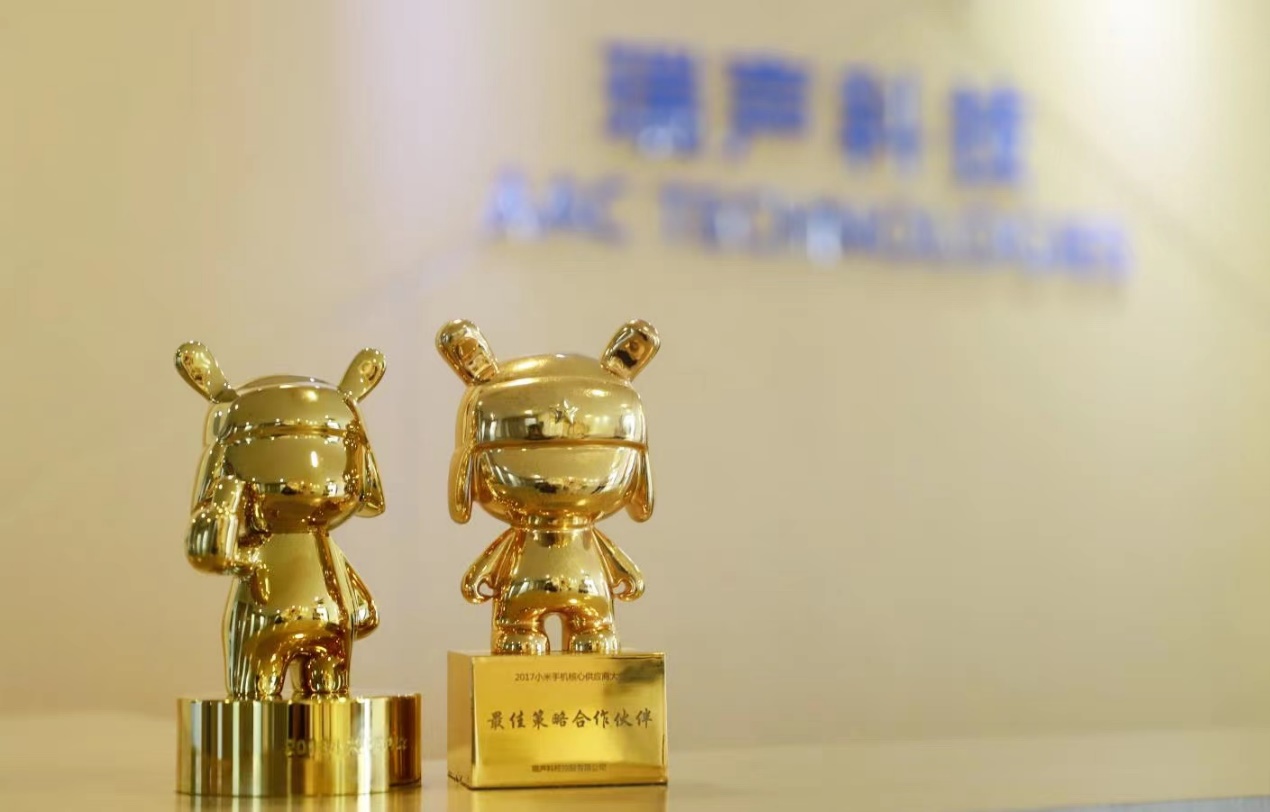
AAC, Xiaomi’s long-term and trusted partner
Furthermore, the two companies share a mutual vision in optical imaging, advocating for a “return to the fundamental principles of optics.” With the recent launch of the Xiaomi 13 Ultra, Xiaomi championed its beliefs at the launch event, stating, “We seek authentic optical performance and oppose excessive reliance on computational photography. Focus on genuine image texture and discourage excessive sharpening and distortion. We aim for genuine, captivating, and emotionally resonant moments while discouraging insincere, unnatural, and over-the-top staged photos.”
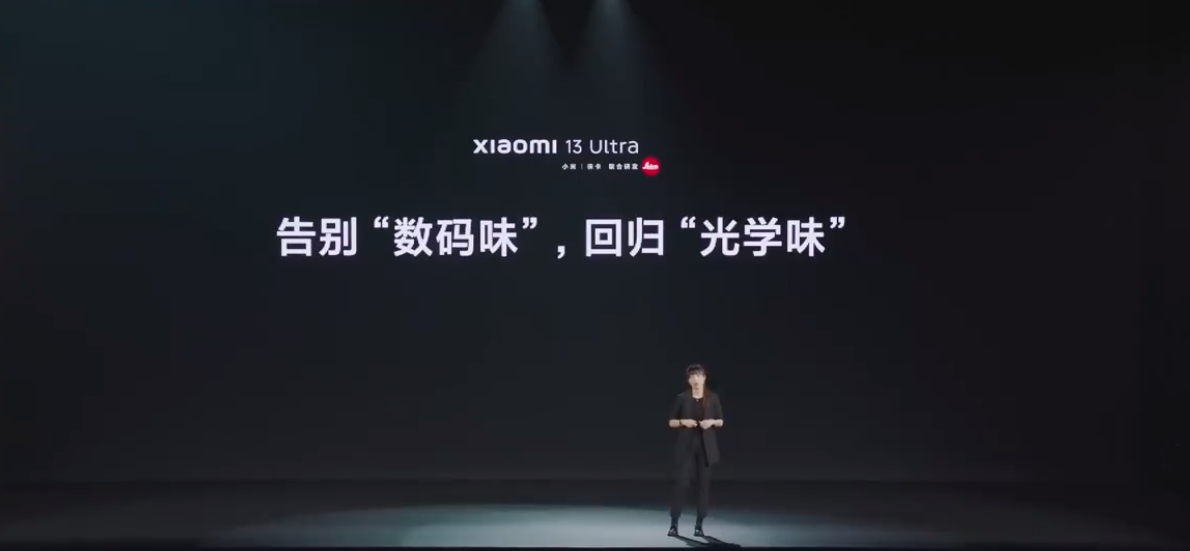
Launch event of the Xiaomi 13 Ultra
AAC is dedicated to reducing the over-reliance on computational photography and helping people return to the essence of photography rooted in optics. AAC Optics, a subsidiary of AAC, dedicates to the optical business and specializes in the R&D, manufacturing, and marketing of optical components such as lenses, motors, and modules. AAC Optics is one of the top three global suppliers of optical lenses.

By leveraging its globally unique AAC WLG technology, AAC Optics is committed to replacing current plastic lenses with mass-produced glass-plastic hybrid lenses. This transformation aims to improve imaging performance and reduce reliance on algorithms to bring back the authentic colors of the world for photography.
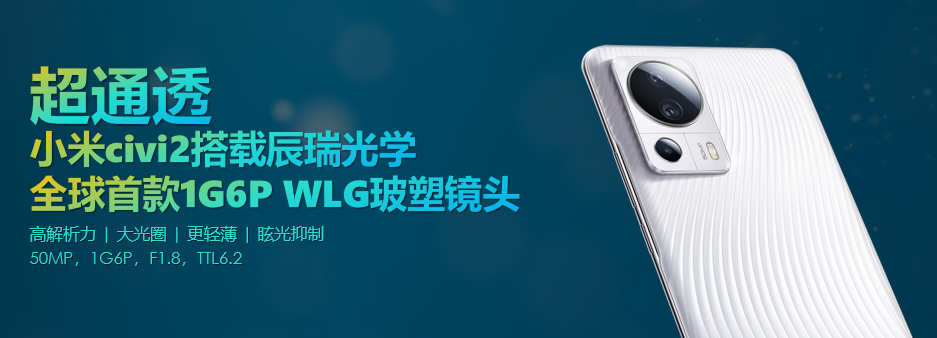
In partnership with AAC Optics, Xiaomi has launched several smartphones incorporating AAC WLG glass-plastic hybrid lenses, such as the Redmi K40 Gaming, the Redmi K50, and the Xiaomi Civi 2. This collaboration has brought a revolutionary “ultra-real, ultra-sharp” mobile photography experience to a wider range of consumers.
What does the lab offer?
By optimizing resource allocation and harnessing the combined strengths and resources of both Xiaomi and AAC, this partnership has empowered the two companies and propelled them toward further progress.
Xiaomi’s mission is to relentlessly manufacture top-quality products with fair prices and to enable customers worldwide to enjoy a better life through innovative technology. Xiaomi, with its strong R&D capability, can provide comprehensive technical support. Moreover, the company excels in understanding users’ real needs from an end-user perspective. Xiaomi is constantly coming up with creative ideas, new requirements, and innovative products to meet consumer needs.
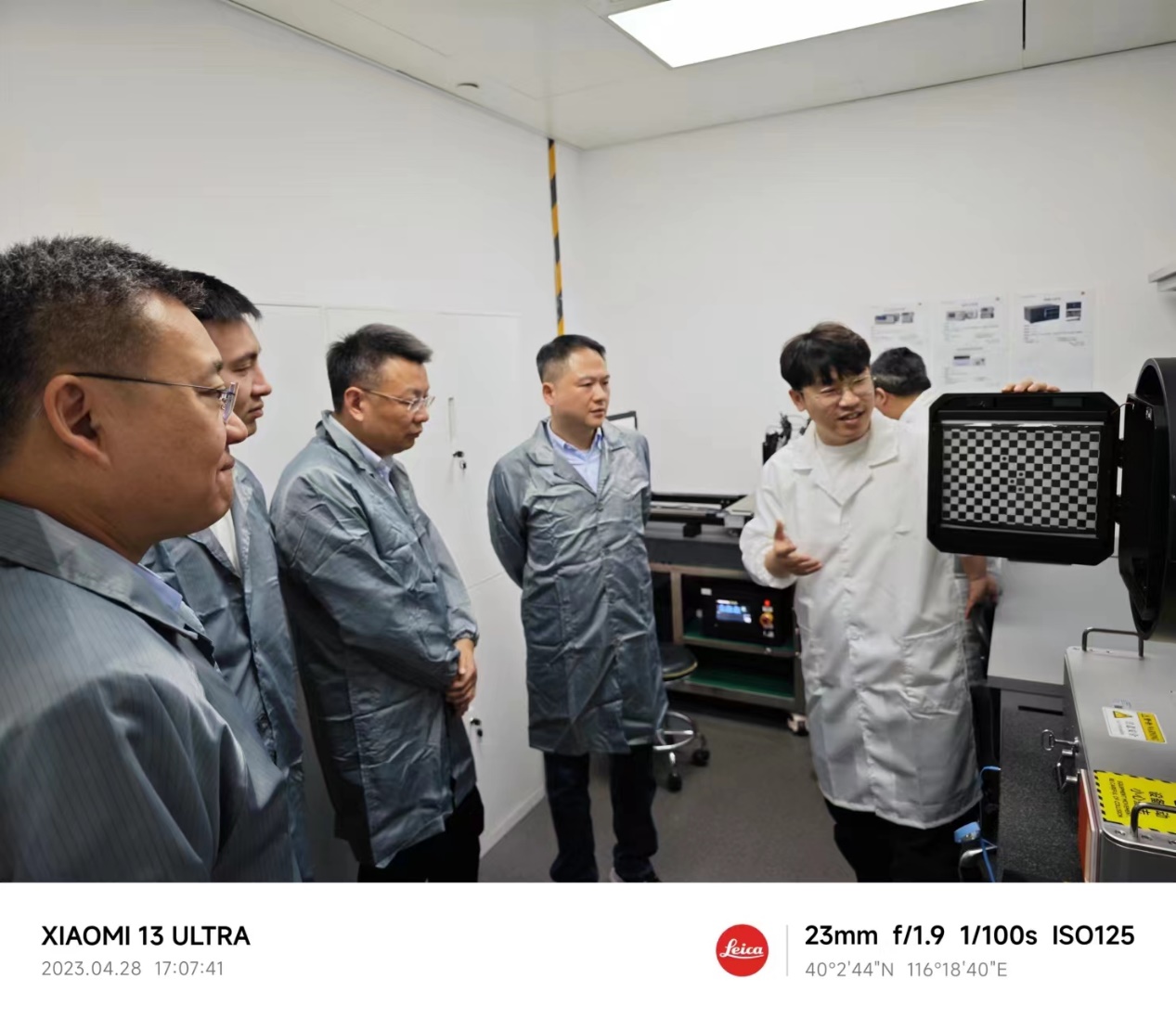
Top executives from both companies visited the lab
AAC provides full-stack solutions that turn ideas into reality. With ultra-precision manufacturing and mass production capabilities in optics, AAC enables rapid implementation of cutting-edge scientific research projects.
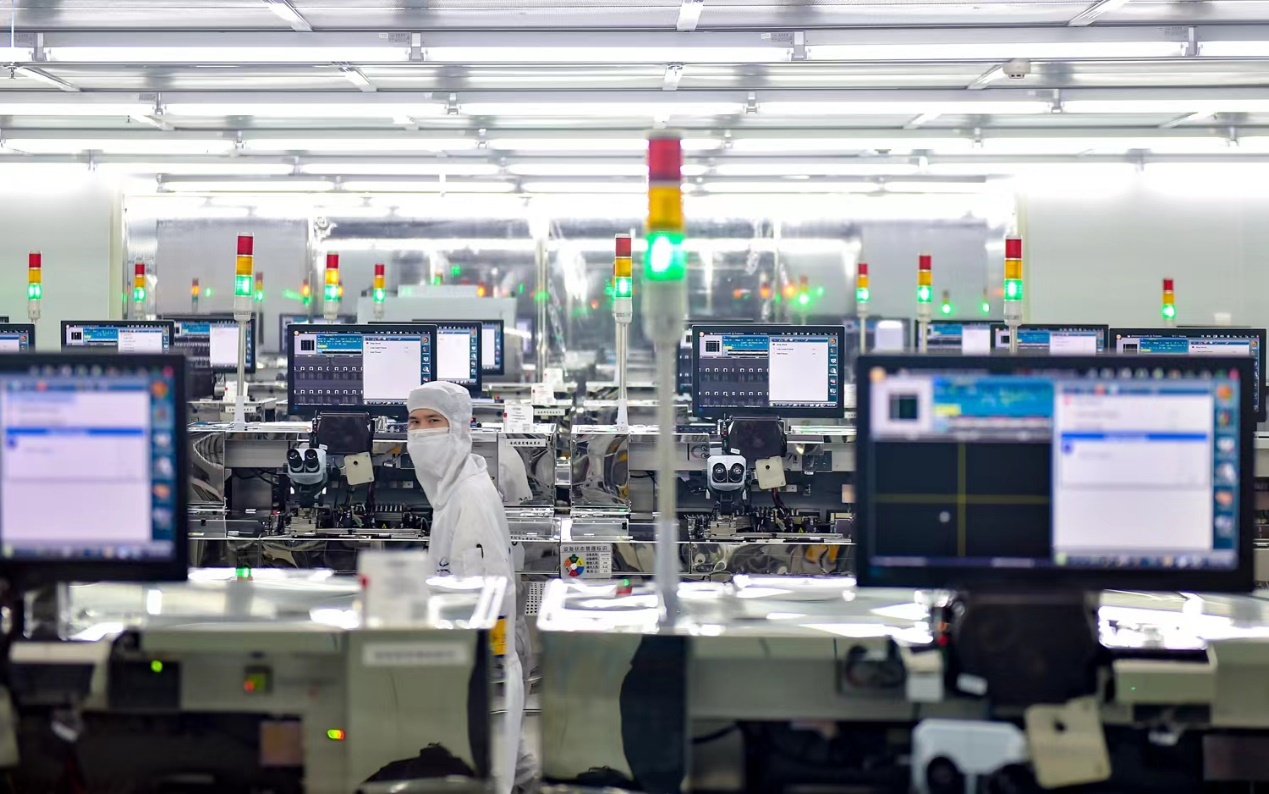
AAC’s optical production line
AAC Optics has now established a development model to excel in a highly competitive market. This model is built upon a portfolio of high-quality plastic lenses across various categories while capitalizing on the competitive differentiation offered by AAC WLG glass lenses and WLG glass-plastic hybrid lenses. AAC provides an integrated optical solution that combines software and hardware. The solution utilizes AAC’s self-developed software and algorithms, including image adjustment algorithms, production calibration algorithms, image processing software, and professional image assessment systems. In addition, AAC possesses a well-established manufacturing platform and world-class precision machining capabilities, making it possible to “turn dreams into reality.”
Looking ahead, the two companies will continue to leverage their respective strengths in their collaborative efforts. Through continuous technological innovation, Xiaomi and AAC will jointly break through more technological and capability barriers and discover more possibilities for camera imaging.
